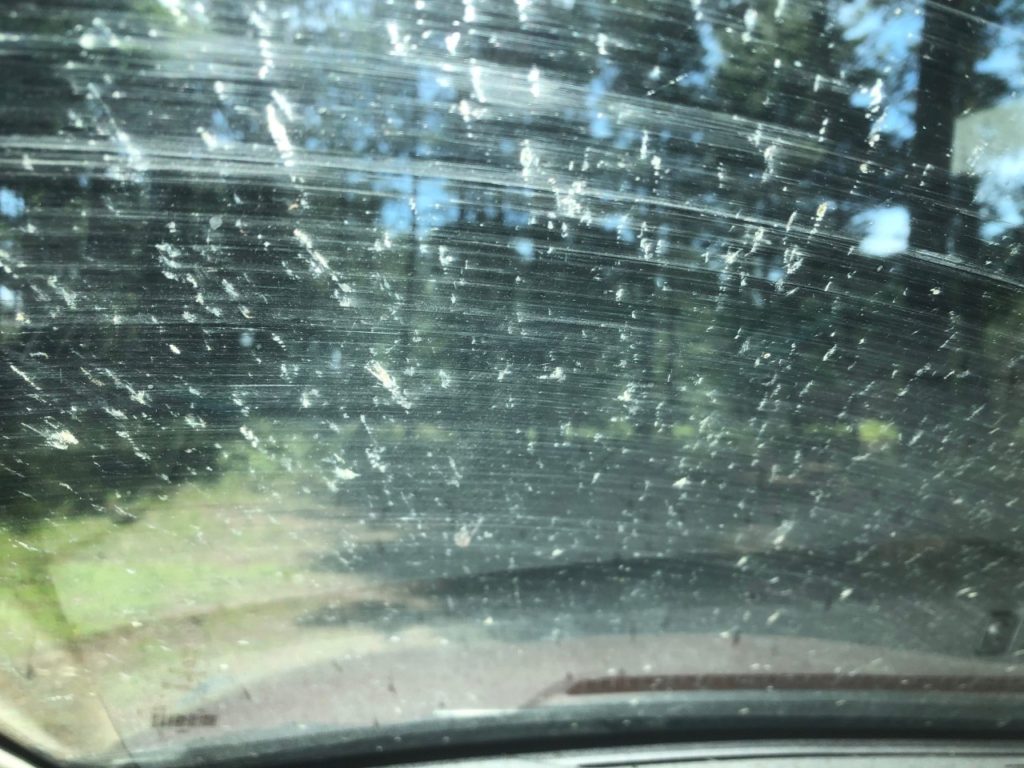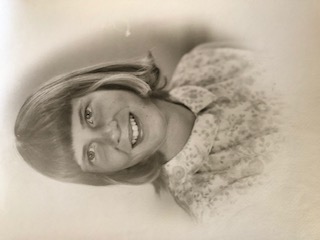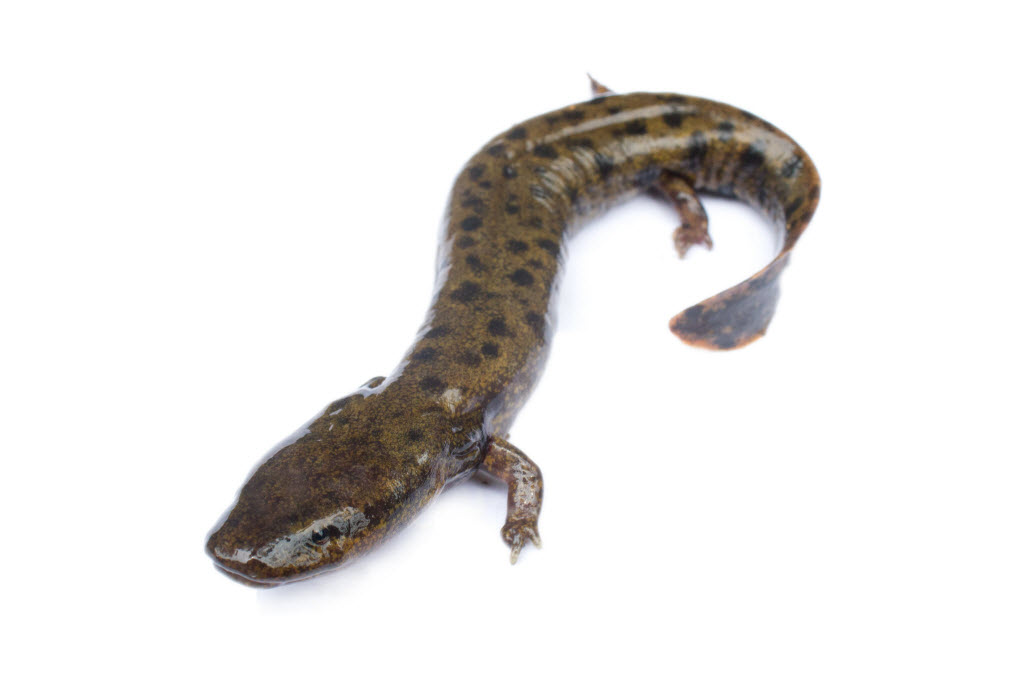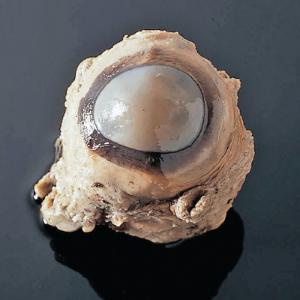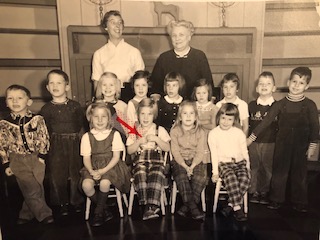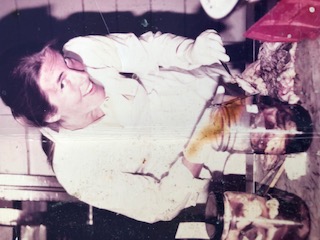My husband enjoys weekend pick-up hockey games at the community rink. He often comes home with stories of Joe, who is simultaneously the most enthusiastic player and the most inept player ever to grace the ice. His transition from forward to backward skating, which should be second nature to even a marginal hockey player, is labored and dangerously herky jerky. He is epically slow.
The game is noncompetitive with only a vague idea of the score. Exercise, camaraderie, and the joy of the game are the driving forces. However, Nick and I often discuss how people can enjoy something that they are so spectacularly bad at. Ineptitude cannot be hidden on the ice. Passes go awry, Joe might slip and fall, goals are scored in a flurry when he is on the ice. Yet he persists, always the first to show up. I envision a spectrum of athletic competence with total ineptitude anchoring the left end and elite world class athlete on the far right. Nick and I are both comfortable with our spot on this scale, perhaps a skosh to the right of the midpoint of pedestrian competence. Joe is mired deep into the left side of the scale. Doesn’t he realize this?
Perhaps pick up hockey is his first judgment-free sports experience, his only opportunity to enjoy the embrace of a team. Now in his sixties, he presumably grew up in an era where boys’ athleticism was the gateway to coolness and popularity, both amongst his peers and the girls in his grade school. How many times must he have endured the humiliation of being the last one picked? There is no judgment in Nick’s pick-up league. Everyone enjoys Joe, agrees he is a great guy and welcomes his presence. Can that be enough?
Yes maybe, but the question still remains.
How can you enjoy something you stink at?
Could the Kruger Dunning effect be in play here?
In 1999, the psychologists Kruger and Dunning published a seminal paper titled, “Unskilled and Unaware of it: How Difficulties in Recognizing One’s Own Incompetence Lead to Inflated Self-Assessment.”
Their premise describes a vicious circle, “Not only do [the incompetent] reach erroneous conclusions and make unfortunate choices, but their incompetence robs them of the ability to realize it … In short, the same knowledge that underlies the ability to produce correct judgment is also the knowledge that underlies the ability to recognize correct judgment. To lack the former is to be deficient in the latter.”
I shuddered when I read this. Where have I been deluding myself? Have I been blithely pursuing something I stink at?
Music comes to mind. It formed the core of my mother’s identity. My siblings inherited her gift, and I assumed that I shared this birthright. I ignored the steady signals that emerged in grade school. At try-outs for the grade school choir the director interrupted my singing after only a few bars. My delusional interpretation was that my musical talent was so transcendent that further performance was redundant. I was astonished to be omitted from the choir list, publicly posted on the hall bulletin board. Redemption came when I was assigned to the chorus in the 8th grade play, though I did not realize this was merely damage control. My lack of dramatic talent superseded my dismal musical talent. One year when I was Christmas caroling, I was pointedly asked not to sing, but I brushed this aside as difficulty hearing the melody in the breezy outdoors.
In seventh grade I was pleased to join the school band as a clarinetist, ignoring the fact that there were no try-outs. When I got to high school, the band director gently told me there were no openings for clarinetists in the chamber music group, which I rationalized as having to wait my turn as an underclasswoman.
I set aside any musical ambitions throughout college, medical school and into early child-rearing years. But lurking in the back of my mind was the desire to enjoy music along with the rest of my family. I was in the same position as Joe the wannabee hockey player.
A carillon bell choir offered an opportunity. I thrilled to the idea that I would only be responsible for only four notes, the remaining 84 were someone else’s problem. Surely this could be doable, like asking a hockey player to cover only 1/22nd of the ice. Even better the director assigned me the lower bells, which absorb more errors than the tuneful higher bells. Another example of a damage control strategy that I ignored.
I color coded my notes and then counted like a fiend to ring my bell at the appropriate moment. What I didn’t realize was that there is a difference between steadfast counting and rhythm – actually it is a chasm of a difference. I thought I had nailed it but truthfully, I wouldn’t be able to tell if I was off a fraction of a beat, a particular challenge for dotted sixteenth notes. A showcase for Kruger and Dunning’s circular theory. I lacked the skills to recognize my lack of skill.
Despite my marginal abilities, the choir welcomed me, in part due to nostalgia. My mother had formed the original bell choir. Besides, they were short players. I did nurture my one useful talent. I could recognize when I was totally off, for example if I inadvertently turned two pages of the score instead of one. I would quietly set the bells down and wait for the choir director to whisper the measure number to get back on track. The absence of sound, even a gaping hole, is more pleasing that a discordant and wincing wrong note.
I knew I wasn’t the best, but thought I had a niche, contributing more than just showing up. Everyone else made mistakes, didn’t they? Most mistakes went unnoticed, didn’t they? Classic Kruger and Dunning.
I enjoyed the camaraderie of the choir, which is essentially a team sport, everyone pulling together for a common goal. One day, Nancy, who is an elite musician (for starters she knows the names of all the notes), mentioned that another bell choir was short a player and would anyone like to sub in? I volunteered. Nancy said thanks but no thanks, implying that she would rather go without than have me, but I carry on. The bell choir is kind. They have never fired anyone.
Kruger and Dunning acknowledge that training can overcome the lack of insight, though they also note that “even if people received feedback that point to a lack of skill, they may attribute it to some other factor.” I have had a lifetime of both subtle and very pointed negative feedback that have left me bowed but not broken.
I envision another spectrum, one focusing on the psychological underpinnings of incompetence. Anchoring the left end is the Kruger and Dunning effect, jokingly referred to as a “mountain of stupidity,” i.e. that you are so stupid you don’t even know you’re stupid. At the right end of the spectrum is a brutally honest and unbiased self-assessment, a status rarely achieved. The midpoint is willful ignorance and a thick skin. That’s where my musical abilities lie. Maybe Nancy has nudged me a skosh to the right towards reality, but I’m not budging another inch since a sobering self-assessment would kill my enthusiasm for bell ringing. I’m grateful for the psychological contortions that have allowed me to reside here. On the other hand, Joe’s hockey ability must lie at least a skosh or two to the delusional left. I maintain that I am a better bell player than he is hockey player. Regardless, we have both found ways to enjoy what we’re no good at.
Follow Liza Blue on: 
Share: 










